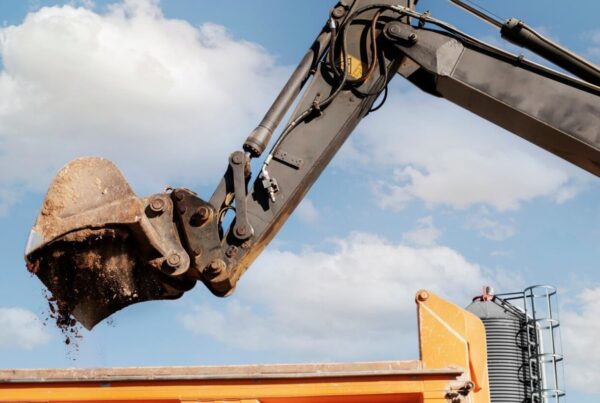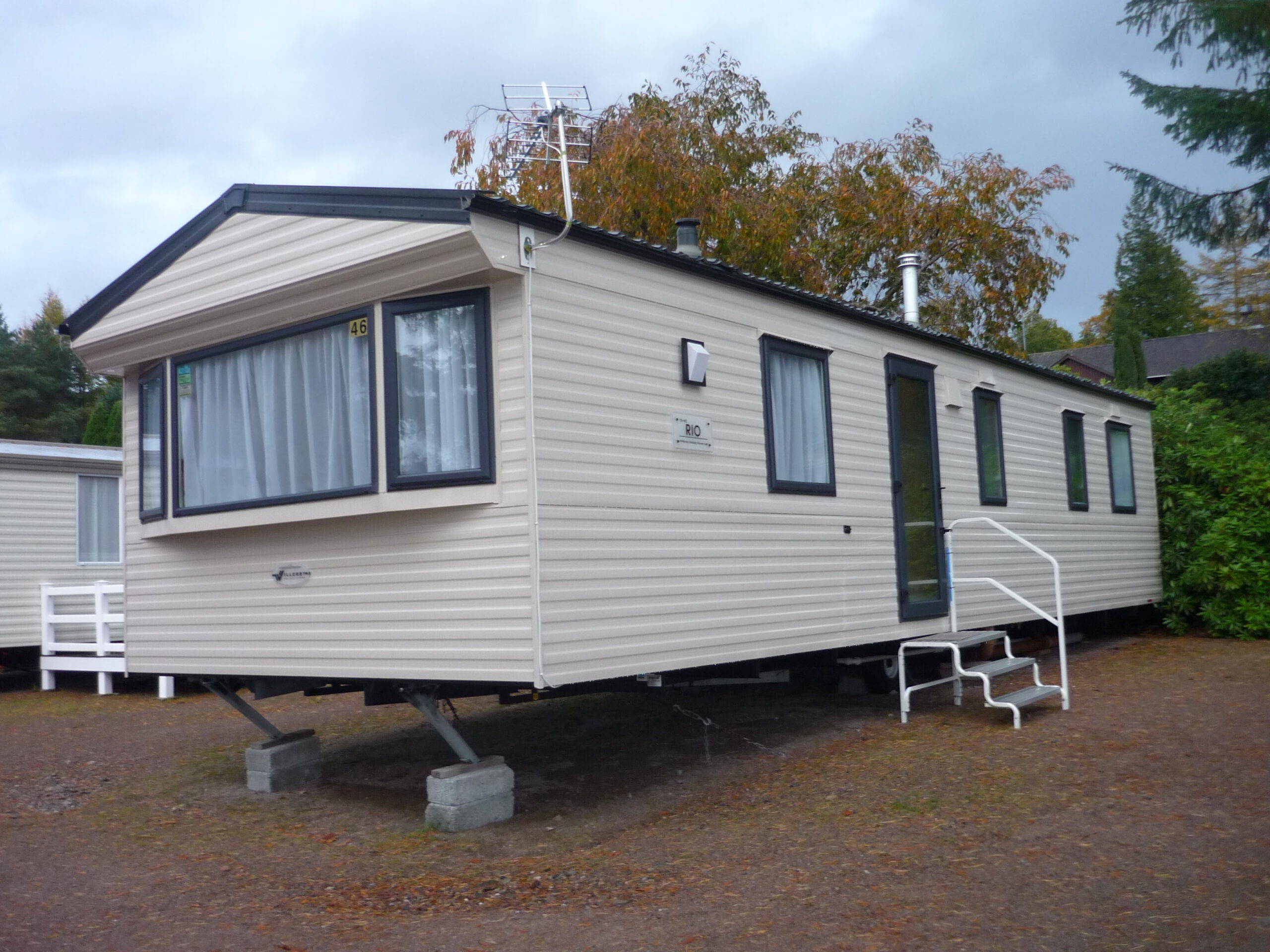Got an old mobile home you need gone? Demolishing it clears your space, but it’s not just about tearing it down. You’ve got to deal with the mess afterward. Debris piles up fast, and disposal takes planning. Don’t worry—this post covers Mobile Home Demolition and Disposal Options for getting rid of the junk!
Why Demolition Needs a Plan
First, let’s set the stage. Mobile homes aren’t small sheds. They’ve got metal, wood, wiring, and more. Knocking one down creates a ton of debris. Plus, you’ve got laws to follow. A good plan keeps it safe, legal, and easy. So, how do you start?
Demolition Basics
Before disposal, you demolish. Here’s how it works.
Hire Pros or DIY?
You can hire a crew or do it yourself. Pros bring machines—excavators, bulldozers—and finish fast. They know the rules, too. DIY saves cash but takes longer. Plus, it’s risky without the right tools. Choose what fits your skills and budget.
Get Permits
Next, check local laws. Most places need a demolition permit. Call your city or county office. Fill out a form, pay a fee—usually $50 to $200—and wait for approval. Skipping this risks fines.
Cut Utilities
Also, shut off power, water, and gas. Contact utility companies a week early. They’ll disconnect safely. Live lines during demo? That’s a recipe for trouble—think fires or floods.
Read more: Mobile Home Removal
Handling the Debris
Once it’s down, you’ve got a pile of rubble. Now what? Here are your disposal options.
Option 1: Recycle It
Recycling’s a top choice. Sort the debris first. Metal, like steel or aluminum, goes to scrap yards. They often pay you! Wood can become mulch or boards. Glass and some plastics go to recycling centers. This cuts waste and might earn cash.
Tip: Sort Early
Start piling metal, wood, and trash separately during demo. It saves time later.
Option 2: Rent a Dumpster
Next, try a dumpster. It’s great for big loads. Rent a 10- or 20-yard bin—costs about $300 to $500. Fill it with non-recyclable junk. The company hauls it to a landfill. Easy, but check what they allow—some ban hazardous stuff.
Tip: Plan Size
A single-wide home fits a 10-yard dumpster. Double-wide? Go bigger.
Option 3: Haul It Yourself
Alternatively, take it to a landfill. Load a truck or trailer. Drive to an approved dump site. Fees depend on weight—around $20 to $50 per ton. It’s cheaper but takes effort. You’ll need multiple trips for a full home.
Tip: Check Hours
Landfills have set times. Call ahead to avoid a wasted trip.
Read more: Mobile Home Demolition
Dealing with Hazards
Old mobile homes hide dangers. Asbestos, lead paint, or insulation need special care. Regular dumps won’t take them. Test these before the demo. If found, hire pros to remove them. Then, drop them at hazardous waste sites. Skipping this breaks the laws and risks health.
Tip: Test First
Get a pro to check for asbestos or lead. It’s a small cost for big safety.
Read more: How to Remove Skirting on Mobile Home?
Why Disposal Matters
So, why fuss over this? Proper disposal keeps your land clean. It avoids fines—some hit $1,000 or more. Plus, recycling helps the planet. A tidy lot also boosts your property’s value—buyers love a blank slate.
Challenges to Watch
Even with a plan, stuff goes wrong. Here’s what to expect.
Hidden Costs
Landfill fees or hazard removal add up. Budget extra to stay safe.
Time Crunch
Sorting and hauling take hours or days. Pros speed it up.
Local Rules
Some areas ban certain debris. Check your landfill’s limits.
Read more: Do Mobile Homes Depreciate?
The Bottom Line
Mobile Home Demolition and Disposal Options – Demolishing a mobile home is step one—disposal’s the real job. Hire pros or DIY, get permits, cut utilities, then recycle, rent a dumpster, or haul it. Handle hazards correctly to stay legal. It saves money, helps the earth, and sets up your land. Ready to demo? Plan it out and tackle that debris!






